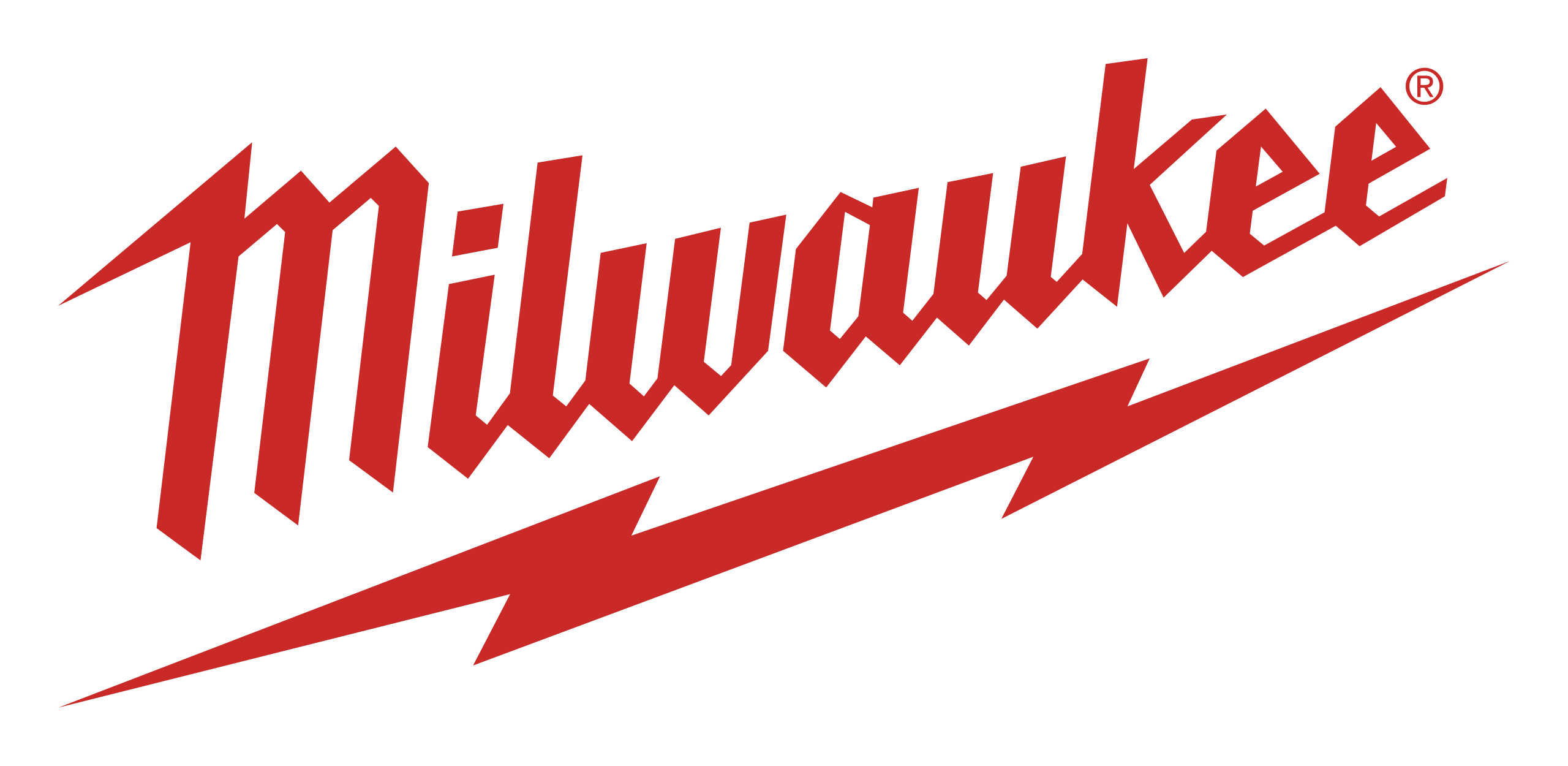
Empowering the B2B Value Chain: Elevating Experiences with Milwaukee Tool’s Voice of Distribution Partner Program

Milwaukee Tool, a powerhouse in the professional tool industry, knows that solid relationships are key to their success. Their primary customers are tradespeople, and their distribution strategy reflects this, focusing on where these professionals shop. With over 450 new SKUs launched annually and a large, complex network of distribution partners across Australia and New Zealand, Milwaukee Tool was facing significant challenges. These ranged from conflicting business priorities to disparate partners, each with unique needs.
But what truly set Milwaukee Tool apart was their decision to lean into understanding these distribution partners on a deeper level. They recognised that in B2B, relationships are emotional and critical. Their question was simple: Do our partners like working with us? How can we ensure we are providing value?
To address these questions, Milwaukee Tool launched their Voice of the Distribution Partner Program. The goal was to bridge gaps, surface operational pain points, and most importantly, gain a common understanding of the health of their partnerships.
The Roadmap to Success
Milwaukee Tool’s approach was built on a thoughtful and structured foundation to ensure every step aligned with the overarching business goals:
- Internal Stakeholder Consultation: To kick off the project, Milwaukee Tool began by engaging key internal stakeholders from various departments— sales, logistics, and marketing—to ensure everyone was aligned with the objectives of the program. This cross-functional collaboration was important for gaining broad support and understanding the unique challenges and opportunities across each department.
- Qualitative Interviews: The CX team conducted in-depth, one-on-one interviews with distribution partners to capture nuanced insights. These interviews revealed specific pain points, unmet needs, and opportunities for improvement that could not be surfaced through quantitative data alone. The personal nature of these conversations also helped strengthen relationships and build trust.
- Comms Plan Development: Next, Milwaukee Tool created a comprehensive communications plan that kept all stakeholders informed and engaged throughout the process. This plan was designed to reinforce transparency with both internal teams and distribution partners, underscoring a “you said, we did” approach to demonstrate the company’s commitment to acting on feedback.
- Survey Deployment: Once the qualitative insights were gathered, Milwaukee Tool developed a detailed survey to quantify key issues across their distribution network. This allowed them to measure sentiment, satisfaction levels, and performance metrics, which provided a clear, data-backed understanding of partner needs.
- Buy-in from Distribution Partners: Engaging partners was critical for obtaining honest, actionable feedback. Milwaukee Tool worked to secure active participation from their key distribution partners by showing how their input would directly impact business outcomes, fostering a sense of shared ownership in the program.
- Close the Loop: Finally, Milwaukee Tool ensured the program wasn’t just about collecting data—they closed the loop by following up on the insights gathered. This meant acting on the feedback, implementing changes, and communicating back to their partners what actions were taken as a result of their input. This step reinforced the value of the program and set up the relationship to include ongoing partner engagement.
Identifying Stronger Signals
Milwaukee Tool’s internal understanding of their partners’ pain points provided a strong starting point. But to validate and prioritise these issues, they needed real data. Qualitative interviews formed the backbone of their approach, allowing the team to design a high-quality survey that addressed what truly mattered to their partners. This led to the creation of Retailer Personas—from store managers to sales staff—giving Milwaukee Tool a nuanced understanding of their network.
Discovering Richer Insights with Driver Analysis
To avoid spreading resources too thin, Milwaukee Tool used driver analysis. This technique helped them pinpoint which pain points were not only widespread but also deeply impactful. For example, by analysing the data, they discovered that promoter stores— those highly satisfied with Milwaukee—sold 220% more products than detractor stores. This insight helped Milwaukee Tool link advocacy directly to revenue, which provided a compelling business case for investing in these partnerships.
One key insight emerged from these interviews: New Zealand retailers were significantly less satisfied with delivery experiences compared to their Australian counterparts. Milwaukee Tool responded by changing delivery partners for New Zealand, directly addressing this issue. This ability to identify and act on specific pain points strengthened their partner relationships and improved overall satisfaction.
Taking Smarter Actions by Embedding the Voice of Customer in Sales Strategy
Milwaukee Tool didn’t stop at gathering insights. They integrated Voice of Customer data directly into their sales strategy. Their National Accounts team began using these insights to build trust with distribution partners and create shared goals—after all, that’s the ultimate goal: deliver value to the distribution partner and deliver premium experiences. This transparency allowed for honest conversations about how Milwaukee could add value and co-create long-term plans.
One example stands out: Qualitative research revealed disparate levels of engagement in selling Milwaukee products across a retailer store network due to differences in KPIs across the stores. Milwaukee’s sales team took the findings from the qualitative interviews and worked with the retailer to align KPIs across the retailer network. The result? Sales at that retailer increased by 30% year-on-year, proving the power of actionable insights.
VoDP Success Factors
Milwaukee Tool’s program stood out due to a handful of important success factors that contributed to its lasting impact and effectiveness:
One of the key elements was the Customer Council, where Milwaukee Tool co-presented solutions with internal stakeholders. By involving these decision-makers from the beginning and collaborating with them on how to address partner feedback, the company secured buy-in from senior leadership. This ensured that the program wasn’t just an isolated initiative but something embraced at the highest levels of the business, which paved the way for stronger internal support and long-term commitment.
Another important component was their tailored communication strategy, centered on a “you said, we did” approach. This allowed Milwaukee Tool to consistently keep distribution partners informed about the changes being made based on their feedback. By regularly sharing these updates, they maintained engagement and demonstrated that the partners’ voices were being heard, which helped build trust and strengthened the overall partnership.
Lastly, linking advocacy to revenue became a crucial factor in justifying the program’s continued investment. Milwaukee Tool was able to quantify the financial benefits of advocacy, showing how improved partner relationships directly contributed to revenue growth. This ability to connect partner satisfaction and business outcomes provided a compelling business case for maintaining and expanding their Voice of Customer program, proving that happy, engaged partners lead to tangible financial success.
Milwaukee Tool’s journey highlights the importance of using actionable insights to improve B2B relationships. Their Voice of the Distribution Partner Program didn’t just measure customer satisfaction—it drove real business outcomes.
Key Takeaways from Milwaukee Tool
- DRIVER ANALYSIS CUTS THROUGH THE NOISE: Milwaukee Tool’s ability to prioritise issues based on their impact was crucial in creating meaningful change.
- ADVOCACY DRIVES REVENUE: Linking customer satisfaction directly to financial outcomes turned insights into business-critical decisions.
- CX EMBEDDED IN SALES STRATEGY: The integration of customer feedback into Milwaukee Tool’s sales process allowed them to build deeper, long-lasting relationships with their partners.
Is your organisation using insights to strengthen partnerships and drive revenue? What steps can you take today to leverage customer feedback for growth?
If you’re ready to elevate your customer experience and drive real results like Milwaukee Tool, now is the time to take action. At Pearl-Plaza, we don’t just gather feedback—we help you make sense of it, prioritise what matters most, and deliver measurable outcomes for your business. With advanced tools for driver analysis, actionable insights, and a holistic view of your customer journey, we empower businesses to turn customer feedback into a competitive advantage.
Whether you’re trying to deepen B2B relationships, align cross-functional teams, or connect feedback to revenue, Pearl-Plaza’s platform is designed to get you there faster and smarter—let us help you create experiences that drive your business forward.